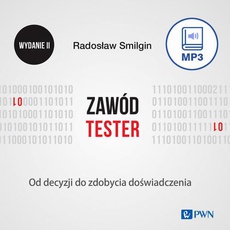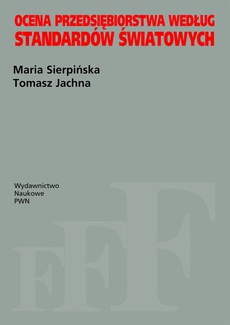Polecane promocje
NAJNOWSZE EBOOKI
Nauka języków obcych
W naszej ofercie posiadamy ebooki oraz audiobooki, które pomogą Ci w nauce języków obcych, takich jak: język angielski, hiszpański, francuski, rosyjski, niemiecki czy włoski. Wśród publikacji znajdziesz słowniki, rozmówki, repetytoria czy ebooki do nauki gramatyki z ćwiczeniami.
Ucz się praktycznie z fiszkami audio. Pobierz mp3 i słuchaj na dowolnym urządzeniu. Poszerzaj słownictwo czytając ebooki w oryginalnej wersji językowej. Możesz uczyć się języków obcych, wybierając odpowiedni dla siebie stopień zaawansowania publikacji.
Sprawdź również popularne serie do nauki języka angielskiego: "Angielski dla zapracowanych", "Angielski do słuchania" oraz "Angielski na mp3" i "Angielski dla seniorów".

Abonament - wypożyczaj i korzystaj!
Tysiące ebooków do wyboru
Najlepsi wydawcy akademiccy
Unikalne funkcje
Ebooki już od 2,66 zł
Wypróbuj za darmo przez 7 dni
NAJCHĘTNIEJ CZYTANE EBOOKI W ABONAMENCIE
EBOOKI I AUDIOBOOKI W IBUK.PL
Ibuk.pl to jedna z największych wypożyczalni oraz księgarni Internetowych, która oferuje bogaty wybór e-booków i audiobooków. U nas każdy znajdzie coś dla siebie – polecamy zarówno beletrystykę, jak i książki akademickie. W swojej ofercie posiadamy ponad 70 tysięcy publikacji naukowych z wielu dziedzin, wśród nich ebooki z zakresu
nauk ekonomicznych,
humanistycznych,
matematyczno-przyrodniczych,
społecznych. Oferujemy wypożyczenie e-booków z takich kategorii jak
ekonomia,
zarządzanie,
pedagogika,
psychologia,
medycyna czy
prawo.
Dla bardziej wymagających czytelników przygotowaliśmy ofertę ebooków specjalistycznych,
czasopism naukowych,
albumów, atlasów,
słowników i leksykonów. Oprócz tego polecamy wybór e-booków w języku angielskim i
niemieckim oraz
publikacje wydawnictw zagranicznych.
Ibuk.pl to nie tylko wielka wypożyczalnia ebooków, lecz także spory wybór audiobooków. Wśród książek do słuchania posiadamy publikacje naukowe i akademickie, a także podręczniki i lektury szkolne.
Każdy format dostępny w Ibuk.pl ma swoje zalety. Kupowanie i pobieranie ebooków i audiobooków jest niezwykle proste, a potrzebne książki i podręczniki są dostępne od razu na dysku. Ebooki można wypożyczać zarówno pojedynczo oraz w abonamentach – 24,90 zł miesięcznie za 5 ebooków, 10 ebooków na 3 miesiące za 39,90 zł oraz 30 ebooków na 6 miesięcy za 79,90 zł. Główną zaletą ebooków jest to, że kosztują mniej niż papierowe wydania.
W Ibuk.pl dostępne są e-podręczniki najpopularniejszych wydawców, wśród nich tacy wydawcy jak:
Wydawnictwo Naukowe PWN,
PZWL,
Impuls,
C.H.Beck,
Uniwersytet Śląski,
Universitas,
Scholar czy Państwowe Wydawnictwo Ekonomiczne.
Współpracujemy łącznie z ponad setką wydawców akademickich. Dzięki nam zdobędziesz potrzebne pomoce naukowe ze specjalnymi rabatami. Studenci znajdą u nas podręczniki z takich kierunków jak
zarządzanie,
marketing i reklama,
public relations,
informatyka i programowanie,
filologie obce,
socjologia czy
finanse i bankowość.
Ibuk.pl to wypożyczalnia ebooków i audiobooków dla praktycznych i oszczędnych.























































